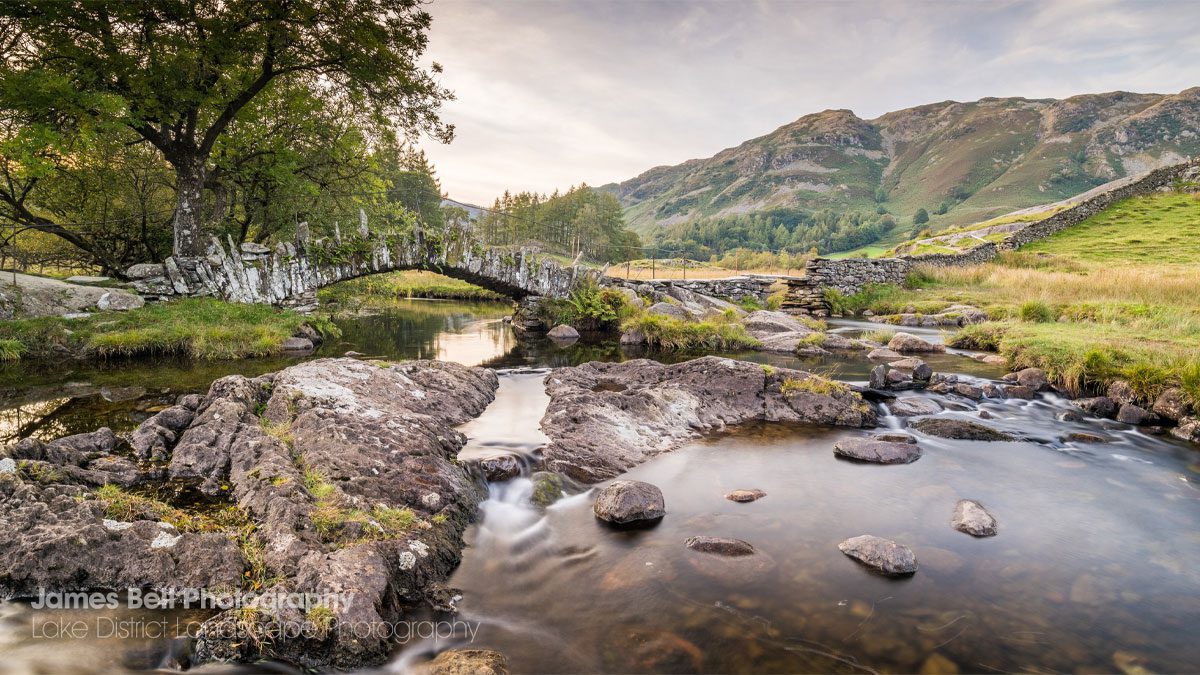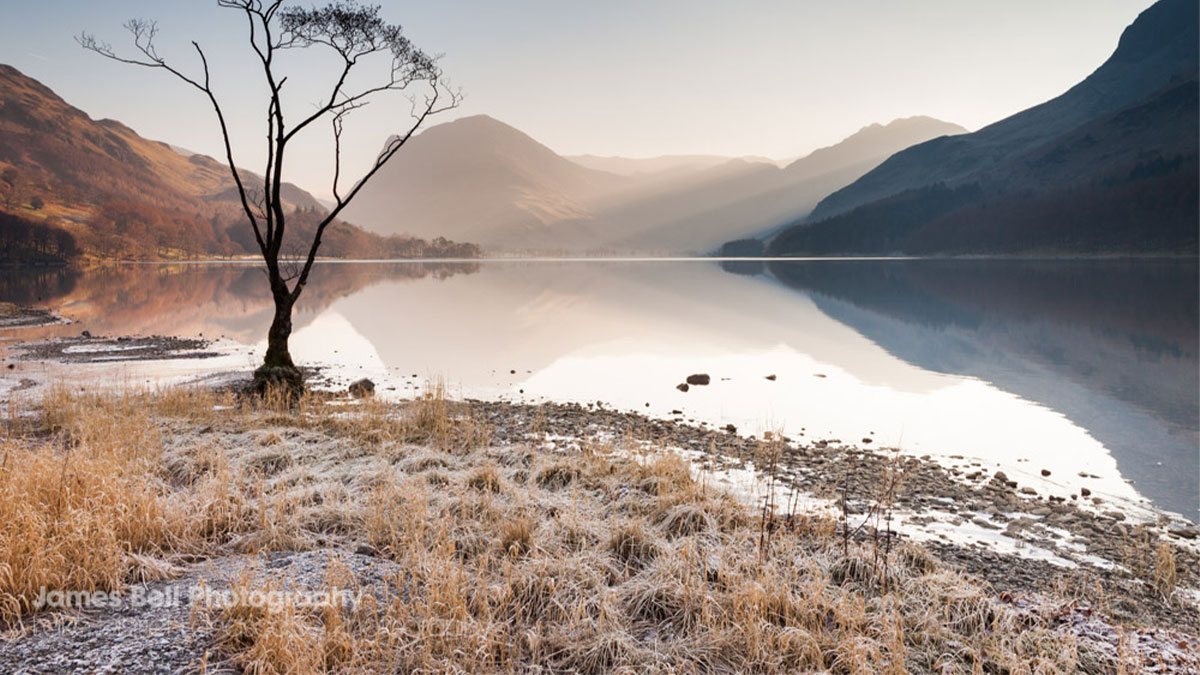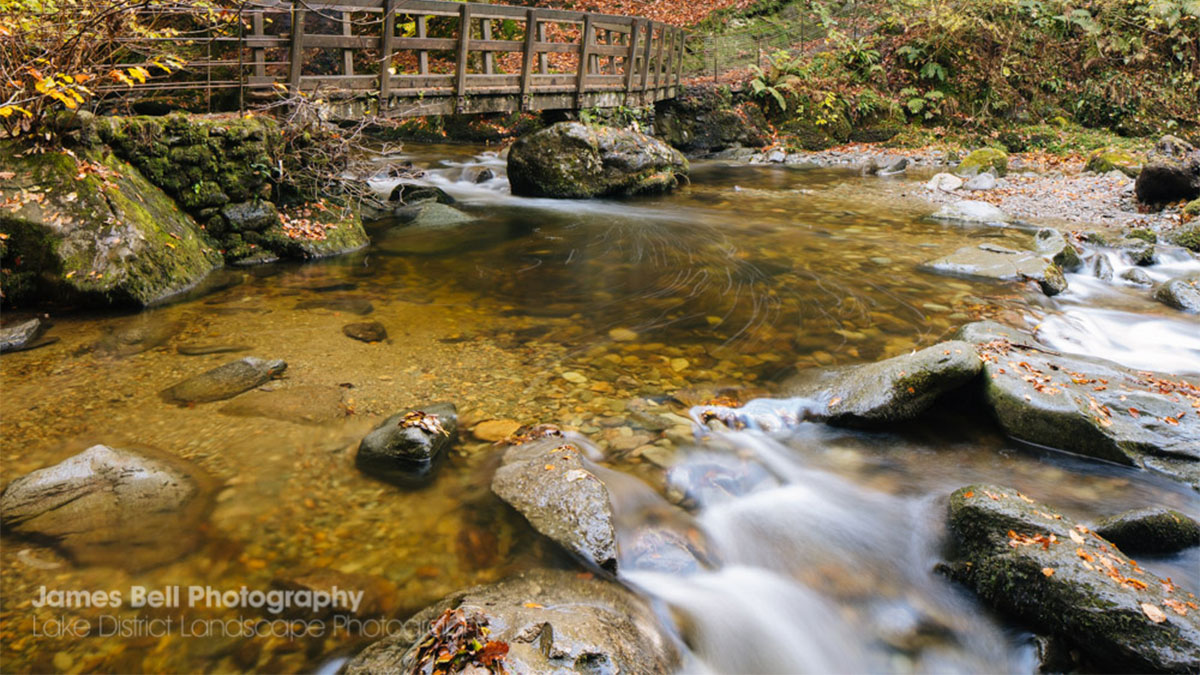Over 3 million pictures framed
Expert Landscape Photography Tips
It's easy to see why photography has surged in popularity; quality cameras are becoming more affordable and social networks offer us a platform to share our snaps to the masses. So we've asked James Bell, one of the UK's leading photographers, to walk us through his best landscape photography tips. You won't want to leave home without these.

Whilst photography of all genres has seen huge hikes in popularity thanks to smartphones, landscape photography remains one of the most technically challenging areas of photography. Timing is what separates landscape photography from other forms of photography such as wedding, street and documentary. Landscape Photography is the slowest paced activity of all. After all, mountains, rivers, lakes and trees don’t move and avoid the camera as people do.
As more of us take up photography and have access to instant feedback from a digital camera and an engaging social network you’d be forgiven for thinking Landscape Photography is easy. After all, so many people are creating so many amazing and truly inspiring images.

Equipment
What separates a truly amazing landscape photo from the rest of images we are bombarded with on a daily basis? What ultimately inspires us to take to a photo and bring it to life as a physical item or share it online?
First of all, it has little to do with equipment. Most photographers believe the more expensive the equipment the better their images will be. While this is true to a degree, this is not what makes a good photograph. Having the latest and greatest megapixel camera and expensive lens won’t capture the mood or atmosphere and it certainly won’t make a composition that lets our eye wander around inside the elements of the frame.
Most photographers believe the more expensive the equipment the better their images will be. While this is true to one extent only this is not what makes a good photography.
Capture Emotion
In my experience what makes a good photograph is the ability to communicate emotion, to instill a positive emotional response to the photograph, it is that which people connect and engage with.
I have been fortunate enough to sell my own landscape prints for over a decade and what sells most aren’t images captured with the biggest and best cameras I’ve owned. In fact, two of my most popular photographic prints aren’t technically perfect shots in terms of composition. What they do well, however, is convey a mood and a feeling that people connect with. This is something you cannot buy and have in your camera bag.

Other Tips
- Don’t worry about equipment and assume a cheap or old camera won’t cut it. That is nonsense, just look at pinhole photography. In essence a wooden box with a small pinhole that allows light to enter the box and expose the film. It doesn’t get any simpler than this. I suspect if you have a digital camera, even one on your phone you’re already technologically better equipped.
- Ask yourself what is it about this scene that is driving you to pick up the camera? This is a really important point and one that can help you to understand what it is you have an emotional connection to. Is it a huge view, amazing light, a glowing sunset, the detail of a shadow. Whatever it is, ask yourself what is inspiring you. On this note, you can also review yours or other peoples shots.
- Practice. Get outside and take images. This is so important and obvious, you will learn more from practicing and doing than you will from trying to understand theory in a classroom or on the internet. It is really only with practice and constant review that you will develop and see results you are proud of. Landscape photography is a deeply personal journey and it is extremely rewarding when we capture that special moment.
- Appreciate composition, put simply this is the arrangement of subjects within the image. One of the main differentiators between beginners and experienced landscape photographers is the successful use of composition. You could both be seeing the same scene but how you compose it is critical.
- Choose your timing well. Every day there are two key periods of time when the light that brings the landscape to life is at its best, sunrise and sunset. The good news is that these briefest of moments also provide a window of opportunity before and after the sun has risen or set. Blue Hour and Golden Hour. This light can be used to add real atmosphere your shot.
- Be open-minded to the opinions of others but most of all search out self-satisfaction. Make images you connect with, images you like and images that both remind you of good times and inspire you to keep looking.
I can wholeheartedly recommend the process of printing your images and presenting them as framed masterpieces of your efforts. It completes the circle and provides you with something tangible, something to be proud of and no matter how many likes, shares or thumbs ups you receive on a screen, nothing compares to holding a print in your hand, seeing that print framed on your wall and being appreciated.

For more information visit www.jamesbellphotography.co.uk
